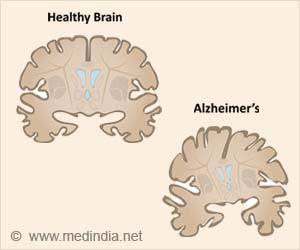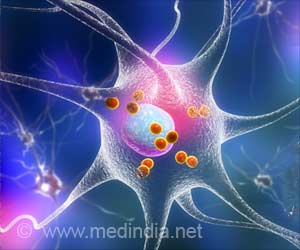
Advanced Techniques Used to Design Better Anesthetics
The August A&A reports on the development and initial evaluation of two new anesthesia agents. Separate research groups are using a combination of older and newer techniques—including molecular-level techniques and computer stimulations—for "fast, clean, and soft" drug development. Using these advanced techniques enables researchers to achieve "faster" development of anesthetics that are "softer," with more predictable effects and metabolism; and "cleaner," without unwanted side effects.
Researchers at Massachusetts General Hospital, Boston, report on the development of an improved version of etomidate—a sedative commonly used to induce general anesthesia in patients who are elderly, critically ill, or in unstable condition. Unfortunately, etomidate also causes suppression of adrenocortical function. This can interfere with production of steroid substances that play an important role in immunity and other key functions.
The researchers identified the specific feature of the etomidate molecule—a "pyrrole ring"— responsible for blocking adrenocortical function. Armed with this knowledge, they modified the pyrrole ring to created new versions of etomidate. They report initial pharmacological studies of a new "MOC-carboetomidate" that combines the potent sedative activity with rapid metabolism and clearance from the brain. The new drug promotes hemodynamic stability, without suppressing adrenocortical function.
A group of researchers from PAION UK, Ltd, and Johns Hopkins University School of Medicine report on the development a new benzodiazepine-type sedative drug called remimazolam. Again, molecular-level techniques were used to create a new benzodiazepine drug with more favorable properties: "fast onset, a short, predictable duration of sedative action, and a more rapid recovery profile than currently available drugs."
Advertisement
The new techniques may facilitate the evaluation of remimazolam from initial human studies to final clinical trials. Dr Johnson also notes that some of the simulation techniques used in the studies provide useful and detailed information for anesthesiologists to use in comparing the effects of different anesthetics.
Advertisement
Source-Newswise












